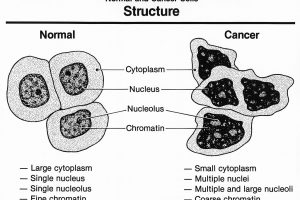 (Last Updated On: August 11, 2020)
(Last Updated On: August 11, 2020)THE TREATMENT OF SECOND DEGREE HEMORRHOIDS BY INJECTION, RUBBER BAND LIGATION, MAXIMAL ANAL DILATATION, AND HEMORRHOIDECTOMY:
A PROSPECTIVE CLINICAL TRIAL[1]
In this trial 120 patients confirmed to be suffering with second degree hemorrhoids were randomly selected and placed in four treatment groups:
1: Injection
2: Rubber band ligation
3: Maximal anal dilatation
4: Hemorrhoidectomy
Each group was made up of 30 patients.
For one year after the trial all patients were regularly followed and assessed.
The low cost of injection scierotherapy and the ease with which it can be administered in an out-patient setting have contributed
to its popularity. The procedure is considered to be very safe despite serious complications having been reported.
Complications include local pain, injection site haemorrhage and ulceration. Urological complications such
as haematuria, oleouria, urinary retention, uretheral stricture, epididymitis, prostatic abscess and impotence have all been reported.[2]
Septic complications have also been reported including bacteraemia,retroperitoneal abscess formation and necrotising fascitis.
This study was carried out to assess how commonly these complications occur and the attitude of surgeons to injection of the anterior hemorrhoid and to assess how the different grades of hemorrhoid are treated.
EFFECTIVENESS
Injection was the least effective treatment, and relieved 18 of the 30 patients, with a cure rate of 60% only.
Rubber band ligation relieved 25 out of 30
maximal anal dilatation 24 out of 30.
Assessment at one year showed that hemorrhoidectomy “cured” the hemorrhoids in 29 out of 30 patients.
PAIN
Rubber band ligation was painless in 26 patients out of 30,
maximal anal dilatation was painless in 25 out of 30.
There were no postoperative complications with Rubber band ligation or maximal anal dilatation.
Hemorrhoidectomy has a very good cure rate, but the higher possibility of postoperative pain and complications with much longer hospital stays, makes this treatment hard to justify its use in the treatment of second degree hemorrhoids.
Both rubber band ligation and maximal anal dilatation are effective and relatively free from complications.
Rubber band ligation has the additional advantage of not requiring hospital stay or anaesthesia and is therefore considered to be the most appropriate method of treatment for second degree hemorrhoids.
Hemorrhoidectomy caused pain in all cases, anal stenosis in two, postoperative hemorrhage in two, and the patients required an average hospital stay of 11.5 days and an average of a further 15.5 days off work.
These four treatments are not the only treatments available.
[1] CHENG, F. C. Y., SHUM, D. W. P. and ONG, G. B. (1981), THE TREATMENT OF SECOND DEGREE HAEMORRHOIDS BY INJECTION, RUBBER BAND LIGATION, MAXIMAL ANAL DILATATION, AND HAEMORRHOIDECTOMY: A PROSPECTIVE CLINICAL TRIAL. Australian and New Zealand Journal of Surgery, 51: 458–462. doi:10.1111/j.1445-2197.1981.tb05985.x




